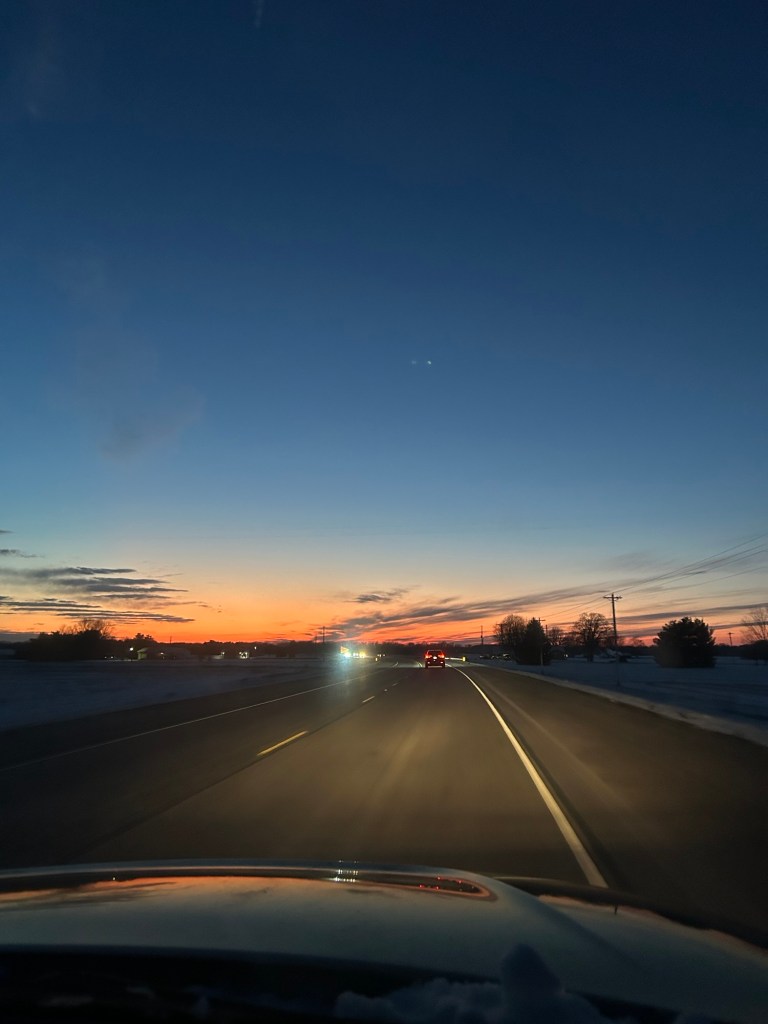
Driving into the sunset


Remember to check our eBay store for Christmas gift ideas. We’re adding items daily.
https://www.ebay.com/str/renejestvintagepostcardsjewelry
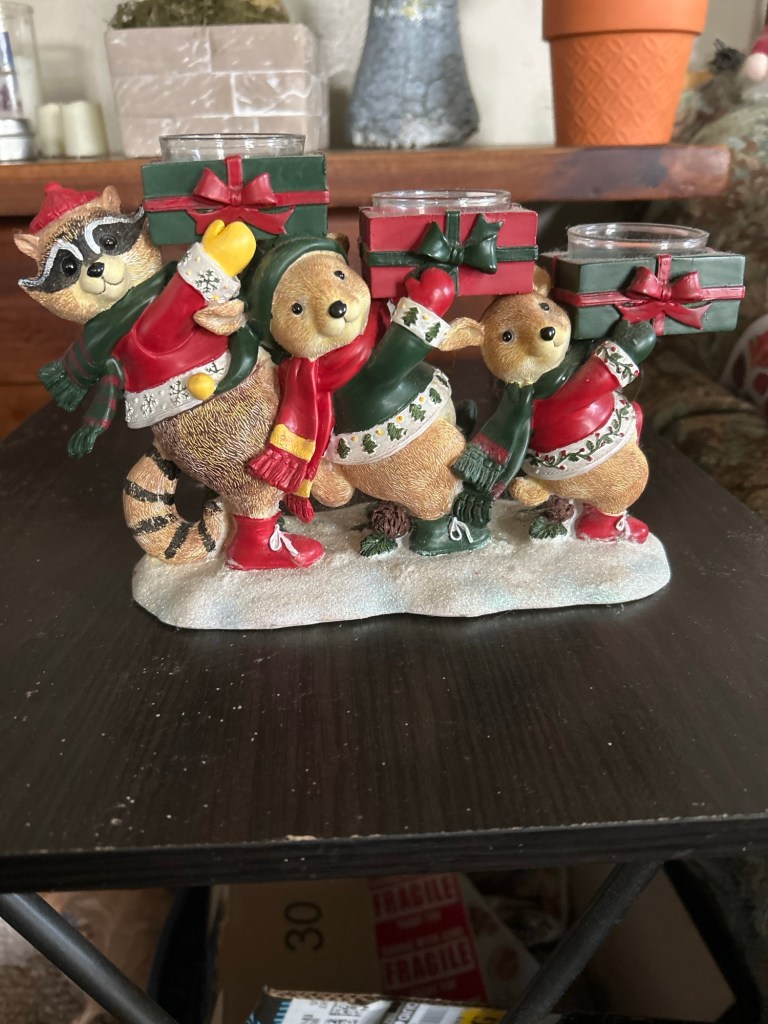
Irvington is an historic neighborhood on the near eastside of Indianapolis. As part of it’s famed annual Halloween Festival, Our Lady of Lourdes Church was the site of a “Spooky Organ Concert” last night.
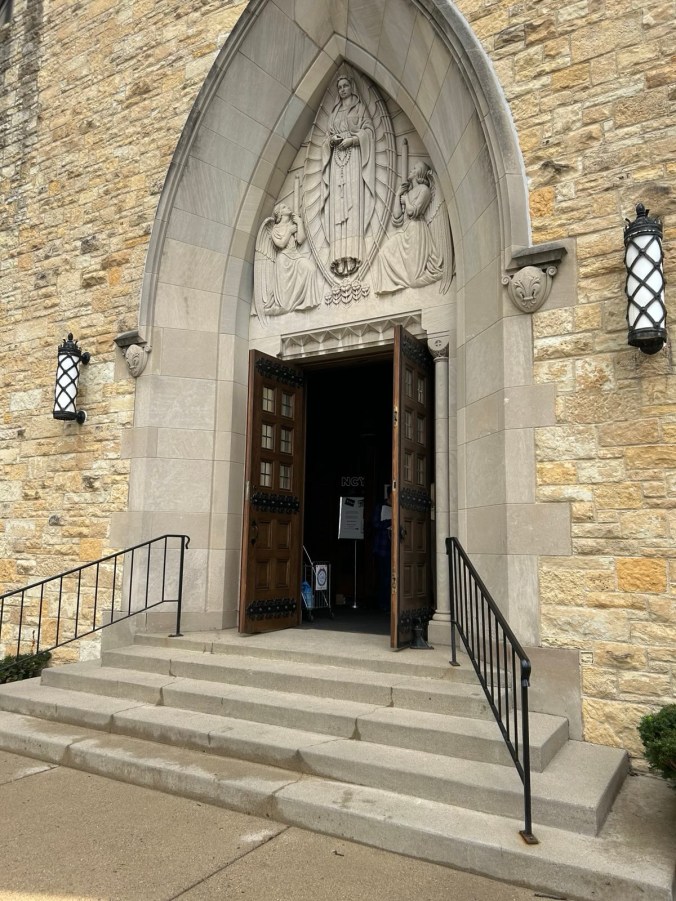
Our Lady of Lourdes main entrance

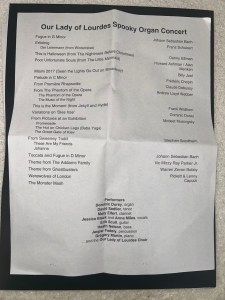
The free concert began at 6:00 PM, with the church sanctuary filled to capacity. Bach’s Fugue in G Minor opened the program played, of course, on the church organ. Very talented local musicians performed a variety of numbers including movie scores, Broadway hits and other spooky themes. We really enjoyed this delightful musical celebration of the Halloween season.
Irvington is a historic neighborhood in Indianapolis, Indiana. It is known for its big Victorian style houses, haunting, ghosts and annual Halloween festival.
Tonight (10/19/2025) we are going to one of the festivities at Our Lady of Lourdes Church. It is a Spooky Organ Concert. It sounds interesting and we no idea what it will be like. It, also, gives us a chance to see all the Halloween decorations in the area.
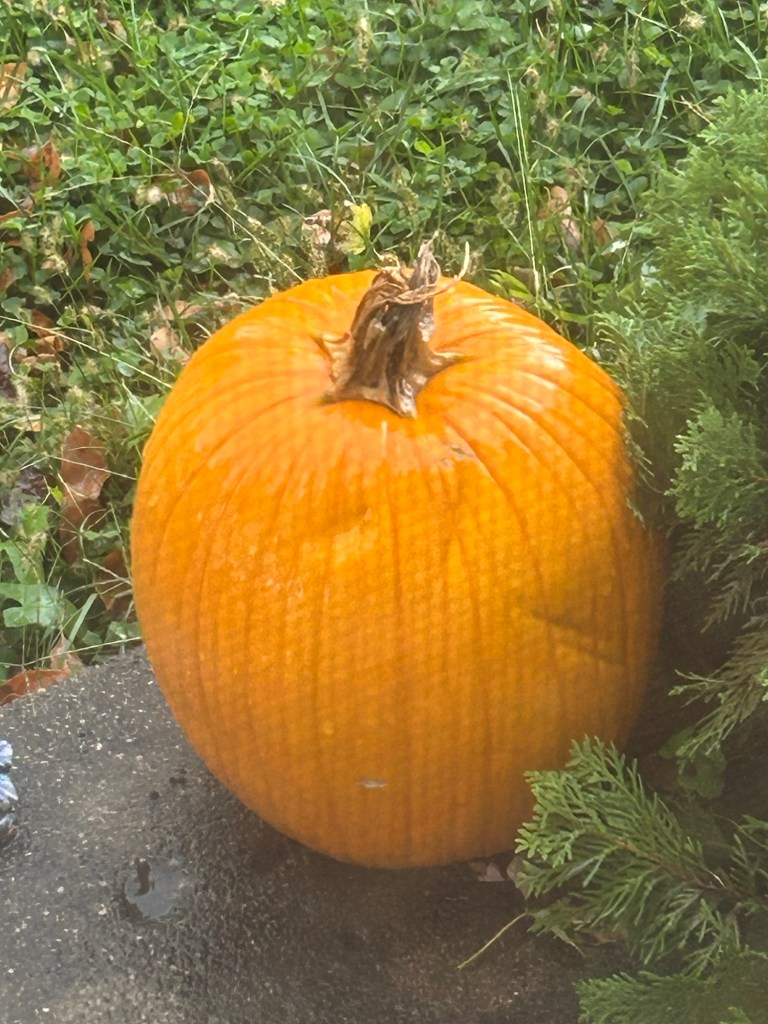
For more info on Haunted Irvington visit https://www.irvingtonhalloween.com/events
What an awesome show we saw last night! Tootsie the Musical is now on stage at Indy’s beloved Beef & Boards Dinner Theatre and wow what a show it is. Based on the famous Dustin Hoffman1982 film, the musical Tootsie brings several new modern twists to a tale of the lengths one pursues for success.

Attempting to start a legitimate relationship with her, Michael Dorsey (Jonathan Cobrda) talks with a relutant Julie Nichols (Renée Jackson)
The chaotic story of a male actor who hides his identity as a women to get work provides an exciting, funny, talent filled musical with a marvelous cast, great choreography, music, sets and costumes. You’ll laugh, smile and tap your feet throughout the show.

Michael Dorsey (Jonathan Cobrda) doesn’t understand why he can’t get an acting job and wonders “Whatddya Do” in this situation

Backed into a corner by his own actions, Michael Dorsey (Jonathan Cobrda), dressed as Dorothy Michaels, appeals to her to help him by singing “Talk to Me Dorothy”
Jonathan Cobrda makes his Beef & Boards debut in the starring role of Michael Dorsey and Dorothy Michaels. His skill on stage is emphasized as he effortlessly moves from the two distinct characters of Michael and Dorothy. Opposite Cobrda is Renee Jackson, in the role of Michael’s love interest, Julie Nichols. Oh the twists that come from this relationship!

Ron Carlisle (Don Farrell) demonstrates the choreography to the cast of “Juliet’s Curse”
Payton Reilly is cast as Michael’s ex-girlfriend Sandy Lester, and Don Farrell fills the role of the show’s director, Ron Carlisle. B&B veteran Jeff Stockberger plays Michaels’ agent. Tyler Belo is Michael’s roommate Jeff Slater, and Matthew Rella as the self-centered actor Max Van Horn. Rella had the same role previously in the 1st National Broadway Tour of Tootsie.

Dorothy Michaels (Jonathan Cobrda), center, is overwhelmed by the number “I’m Alive” in the musical “Juliet’s Curse”
Tootsie is on stage through Nov. 23 at Beef & Boards Dinner Theatre. Tickets include Chef Larry Stoops’ dinner buffet and select beverages. Tickets to Beef & Boards productions are available exclusively through Beef & Boards Dinner Theatre, either online at beefandboards.com, or by contacting the box office at 317.872.9664. Tootsie is rated R for adult themes, strong profane language, and mature content.
We had a delicious dinner and having a cocktail before the show.
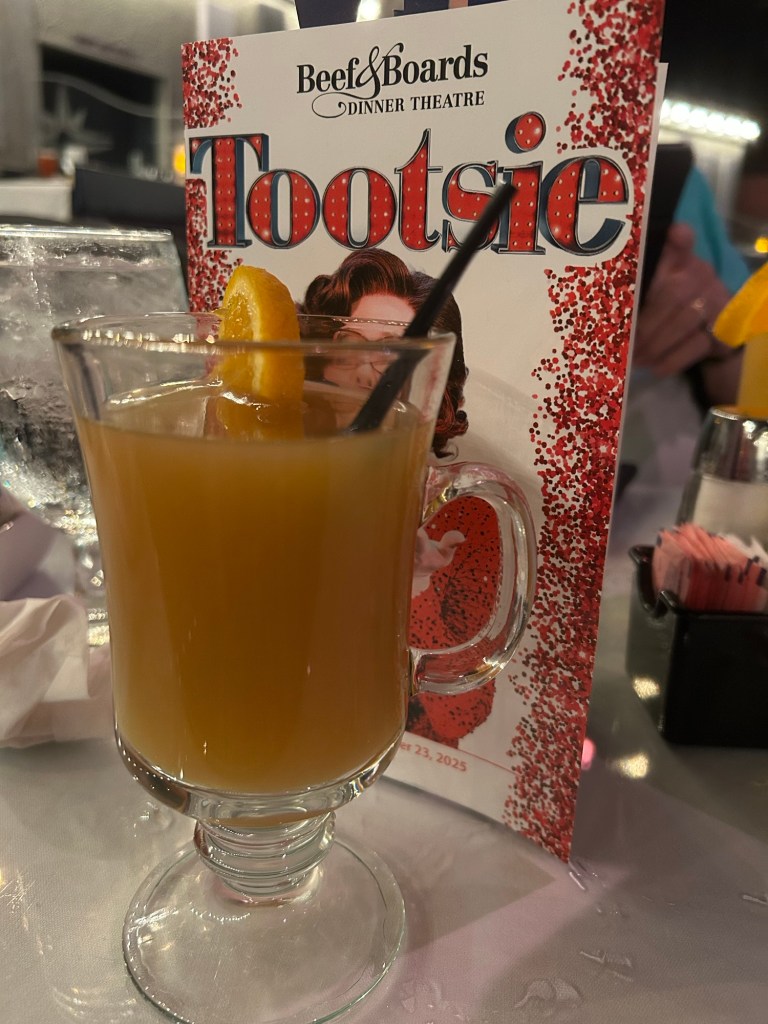
Maj had a cold one
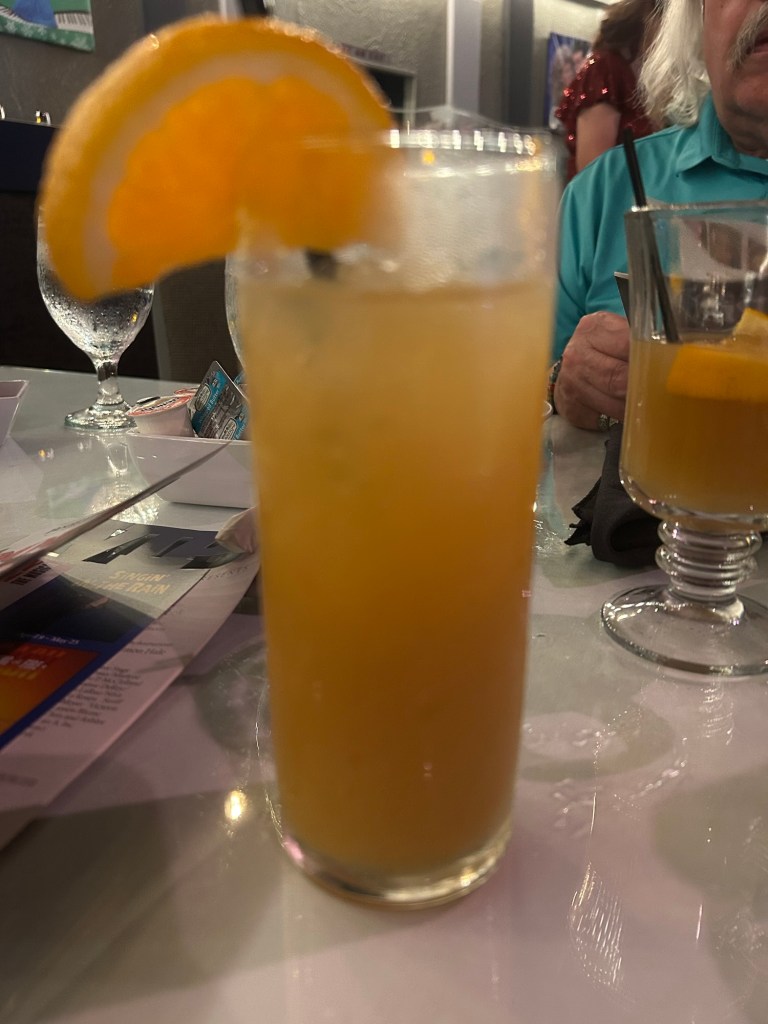
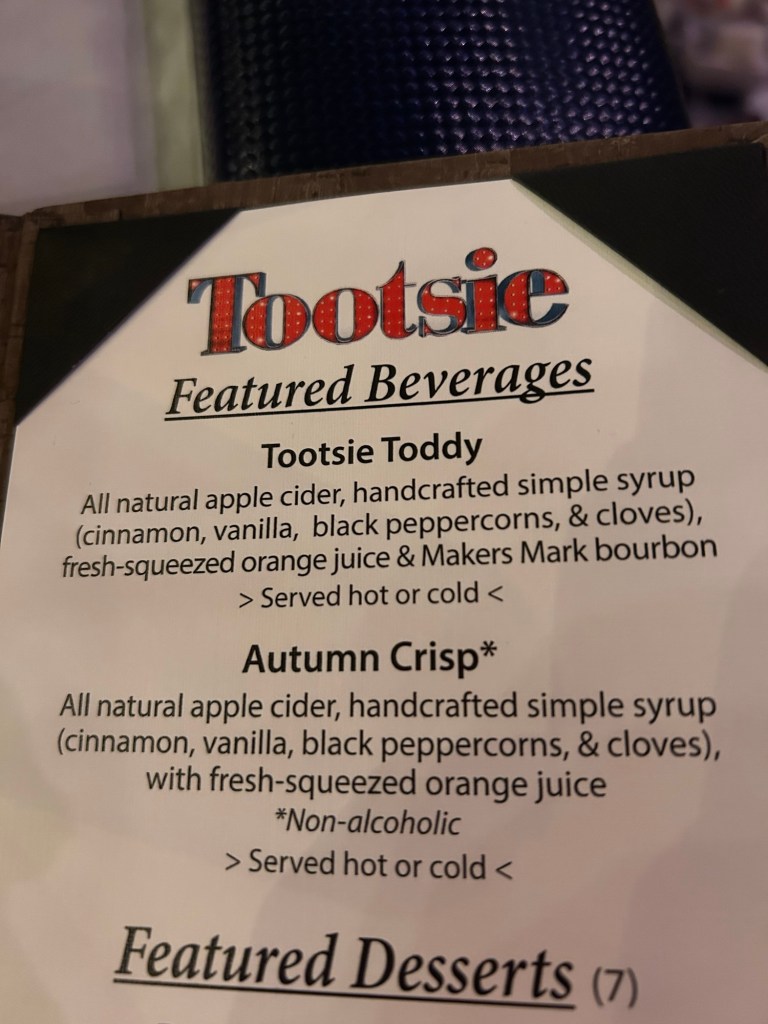
Looking forward to seeing “Tootsie” live on stage. We’ll have a review up in the next couple of days.
 The Addison Times and The Indianapolis Business Journal has reported that a scheduled union election at Caesar’s Horseshoe Casino, located about 30 miles southeast of Indianapolis, was indefinitely delayed by The National Labor Relations Board, due to the federal government shutdown.
The Addison Times and The Indianapolis Business Journal has reported that a scheduled union election at Caesar’s Horseshoe Casino, located about 30 miles southeast of Indianapolis, was indefinitely delayed by The National Labor Relations Board, due to the federal government shutdown.
More than 200 Horseshoe Indianapolis Casino workers plan to strike today. Teamsters Local 135 said the workers, dealers and floor supervisors are seeking union recognition. They proposed using a neutral third party to conduct the vote on the original Oct. 17 date. Teamsters President Dustin Roach said the strike aims to pressure Caesars to agree to the alternate election plan.
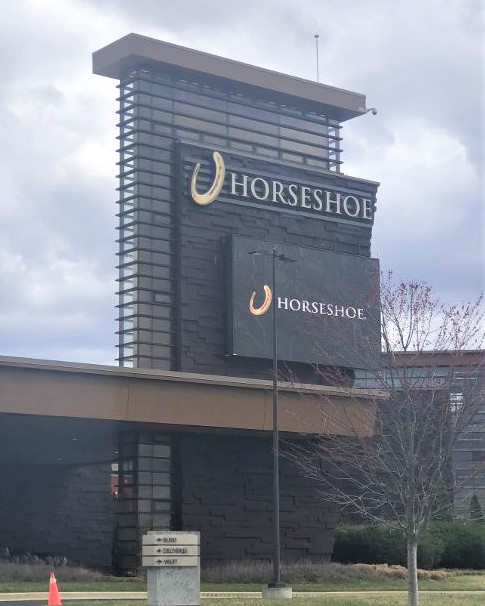
Horseshoe Indianapolis, now owned by Caesars Entertainment, employs around 1,400 people and was Indiana’s 2024 second-highest grossing casino with $336 million in revenue.
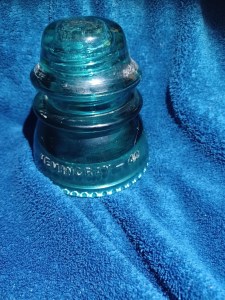
Blue glass insulator
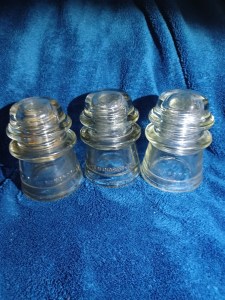
Set of 3 clear glass ones
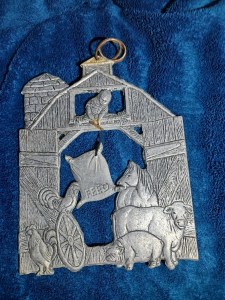
Pewter hanging wind chime: child dropping feed sack from the barn loft window

All are Swiss Army Knives, manufactured in various times from 1973 ’til 2011 with different tool configurations
The weather was nice enough for a drive to a neighboring town for a couple of errands. We always enjoy seeing how others decorate for Halloween.

Relaxing on the front lawn

The bones band
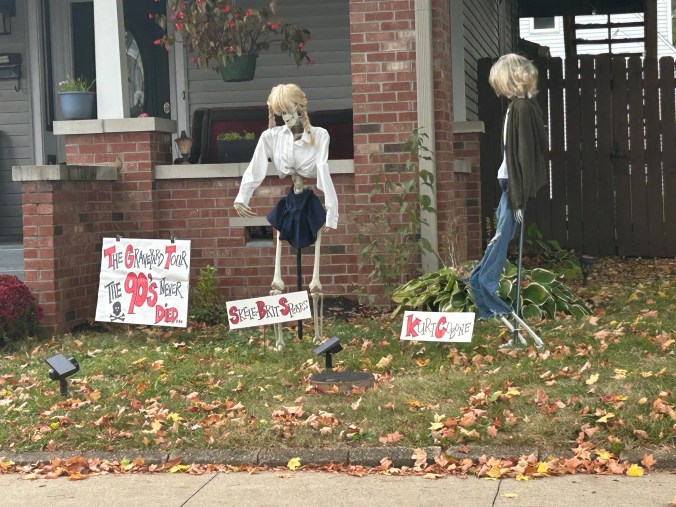
The 90’s live (?) on today

A cluster of ghosts and goblins
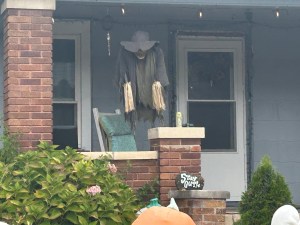
A scary porch Wraith
Franklin, Indiana is south of Indianapolis, has interesting history and is a typical Central Indiana small town. There are a couple of sites in town that have alleged paranormal activity, which fits for the season.